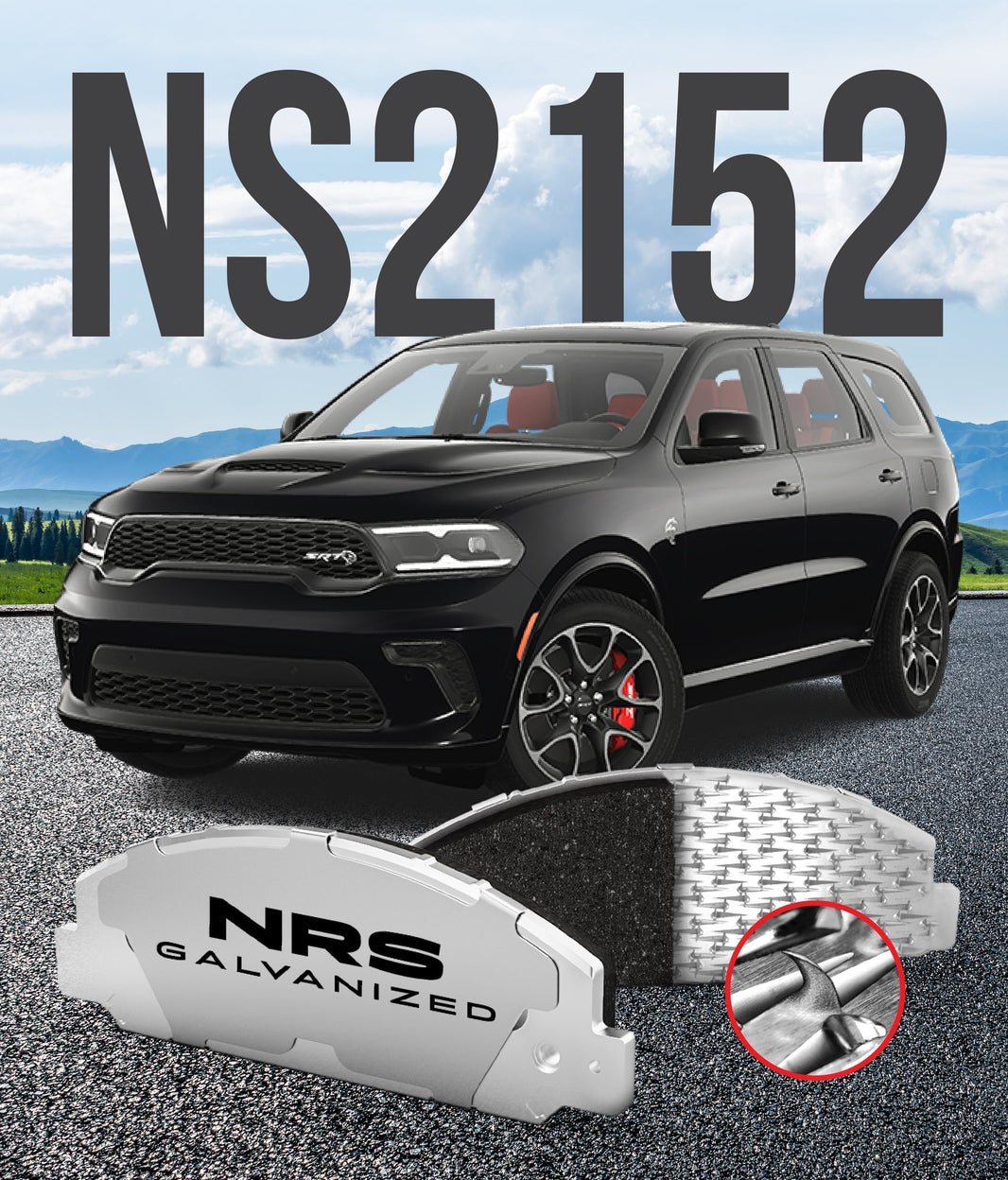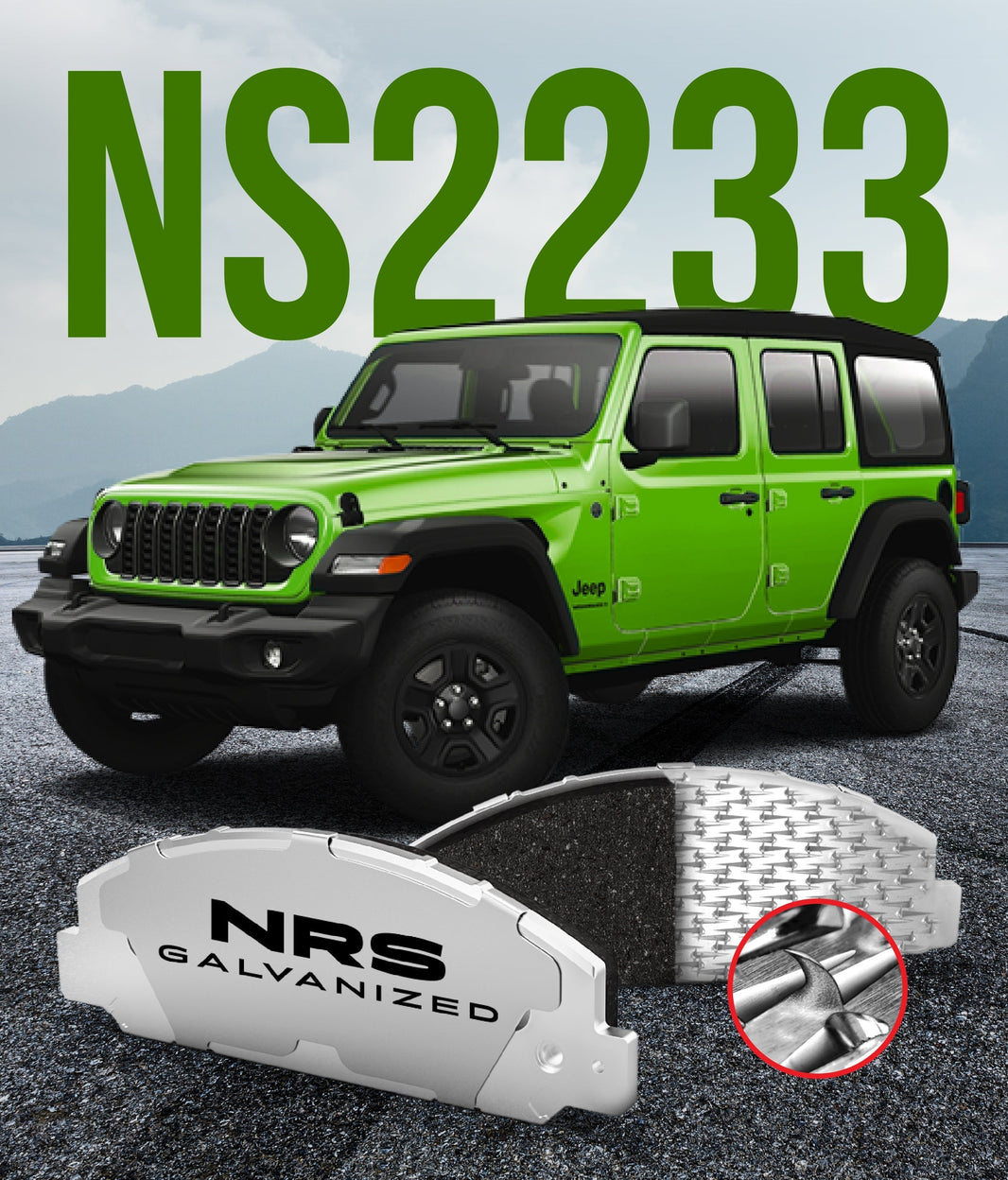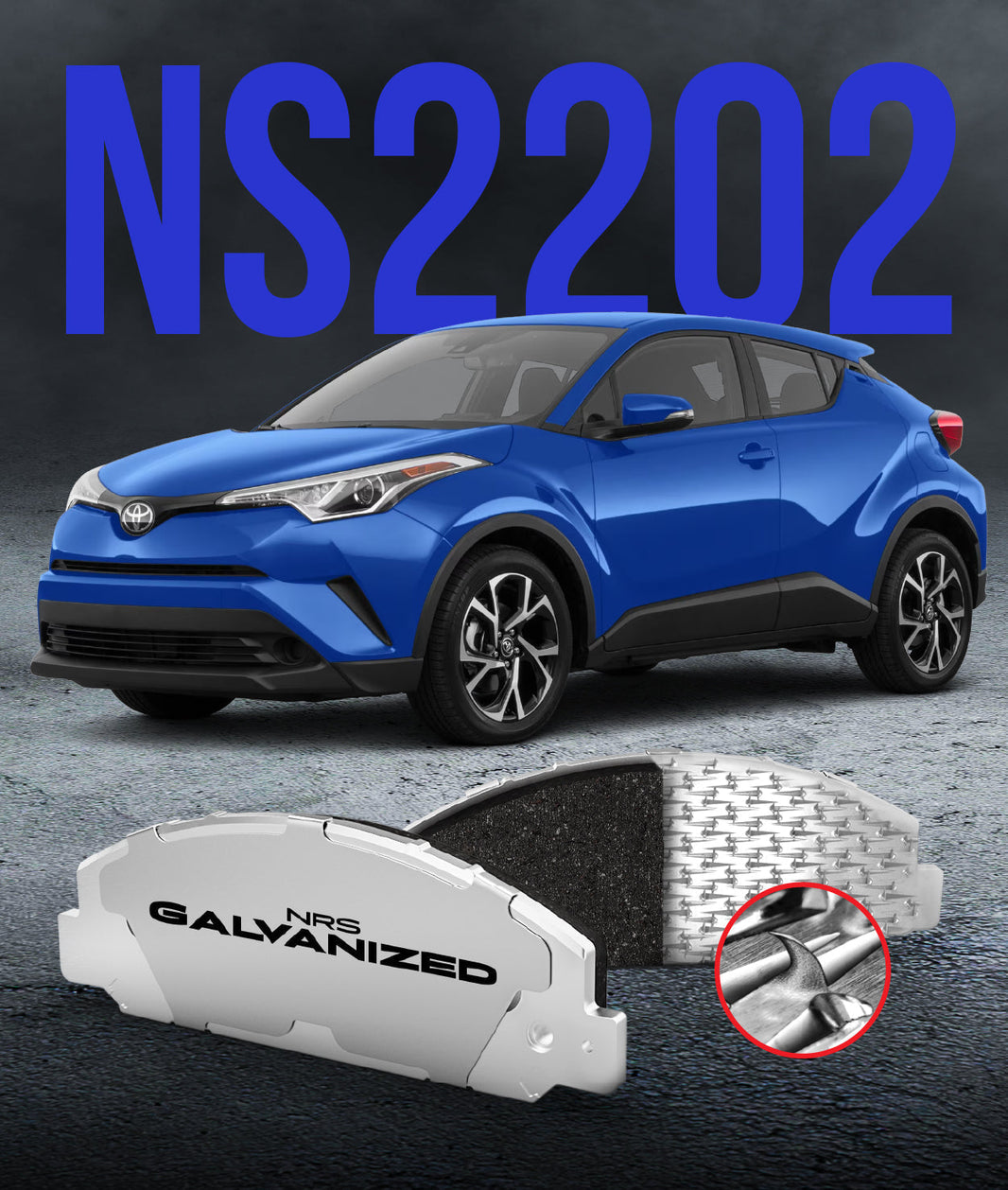
It is a common scene at the auto parts counter or in a mechanic’s bay. A car owner is presented with two different brake pads, one visibly thicker than the other. The immediate assumption for many is that the thicker brake pad is the better value, as more material should surely mean a longer service life.
This line of thinking seems perfectly logical, but it represents one of the most persistent myths in auto maintenance. While starting thickness is a factor, it is far from the most important one. The truth is that a high-quality, standard-thickness pad will almost always outlast a poorly made, thicker pad, and this article explains why.
The Intuitive (But Flawed) Logic
The belief that more friction material equals more life makes sense on the surface. A brake pad works by wearing away, converting motion into heat through friction. It seems reasonable to conclude that if you start with more material, it should take longer to wear down to its replacement point.
However, this logic is like assuming a shoe with a thicker sole will always last longer than one with a thinner sole. It completely ignores the quality and durability of the material used for the sole itself. A thick sole made of cheap, soft foam will wear out much faster than a thinner one made from high-grade, abrasion-resistant rubber.
The Real Factors That Dictate Brake Pad Life
The true measure of a brake pad's longevity is not its starting thickness but its wear rate. This rate is determined by a combination of sophisticated engineering, material science, and your own driving habits. A well-designed pad minimizes its wear rate while providing excellent stopping power.
Several key elements have a much greater impact on how long your brake pads will last. Understanding these factors will help you look past the myth of thickness. It allows you to make a more informed decision based on actual performance characteristics.
Friction Material Composition
This is the single most important variable in a brake pad's lifespan. The specific blend of fibers, fillers, metals, and resins in the friction material dictates its hardness and durability. The debate of Aftermarket vs. Traditional Brake Pads often comes down to these different formulations.
A soft, organic pad compound might be thick, but it will wear down very quickly in exchange for quiet operation. Conversely, a pad made from a durable ceramic compound or an advanced semi-metallic blend will resist wear far more effectively. This allows it to last much longer, even if it starts at the same thickness.
Heat Management and Dissipation
Every time you brake, you generate an immense amount of heat. How well a brake pad manages this heat directly affects its wear rate. A poorly designed thicker brake pad can act as an insulator, trapping heat against the rotor and within the caliper.
This trapped heat can cause the friction material's binding resins to break down, accelerating wear. It also increases the risk of dangerous brake fade, where your brakes lose effectiveness altogether. A quality pad is designed to transfer heat efficiently away from the friction surface.
Driving Style and Conditions
Your personal driving habits have a massive impact on brake pad longevity. A driver who makes frequent, hard stops in city traffic will wear out pads much faster than someone who cruises at a steady speed on the highway. Your environment plays a critical role.
Towing a trailer or carrying heavy loads also puts a much greater demand on your braking system. This extra work generates more heat and friction, increasing the wear rate of any pad. A high-quality pad will stand up to these conditions better, but no pad is immune to the laws of physics.
When Thickness Becomes a Liability
In some cases, a thicker brake pad can actually be a disadvantage. If the pad is not engineered for proper heat dissipation, its extra mass can prevent heat from escaping the system. This can lead to a dangerous cycle of rising temperatures.
This excessive heat not only wears the pad faster but can also damage other expensive components. It can cause brake rotors to warp and can cook the seals inside your brake calipers. This is why focusing on quality engineering is much more important than focusing on simple thickness.
How to Judge a Brake Pad's True Quality
Since thickness is not a reliable indicator, you need to know what to look for when selecting new brake pads. Focusing on the signs of quality engineering and advanced materials will lead you to a better, longer-lasting product. A little research goes a long way.
Look past the marketing claims and focus on the fundamental construction of the pad. These are the elements that truly define its performance and durability.
-
Material Compound: Seek out pads that use advanced formulations like ceramic or premium semi-metallic blends, which are known for their durability and consistent performance.
-
Backing Plate Technology: The pad’s structural integrity depends on a strong, corrosion-resistant steel backing plate. This prevents the friction material from separating under force.
-
Engineering and Fit: Look for signs of precision manufacturing, such as clean edges, consistent material, and features like noise-dampening shims. A proper fit ensures even contact and wear.
-
Reputable Manufacturer: Choose brands that are transparent about their testing and have a proven history of safety and reliability in the automotive industry.
A Checklist for Maximizing Pad Life
Regardless of which pads you choose, you can extend their life by adopting smart habits. The way you drive and maintain your vehicle can have just as much impact as the quality of the parts themselves. Following these tips will help you get the most out of your investment.
These practices reduce the overall stress on your braking system. This not only saves you money on parts but also contributes to a safer driving experience.
-
Choose the Right Pad for Your Use: Your first step in maximizing pad life is to match the pad material to your primary driving needs, whether that is daily commuting, towing, or performance driving.
-
Practice Smooth Driving: Look ahead and anticipate traffic flow to avoid sudden, hard braking. Smooth, gradual stops generate less heat and cause less wear.
-
Use Engine Braking on Declines: When going down long or steep hills, shift your vehicle into a lower gear. This lets the engine handle some of the speed control, giving your brakes a much-needed break.
-
Maintain Your Brake System: Periodically check to ensure your calipers move freely and are not seized. A sticking caliper can force a pad to drag against the rotor, causing rapid and uneven wear.
-
Lighten Your Vehicle's Load: Extra weight makes your engine and brakes work harder. Removing unnecessary heavy items from your car will reduce the energy your brakes need to dissipate on every stop.
Conclusion: Quality Over Quantity
The idea that a thicker brake pad is always a longer-lasting one is a persistent myth that oversimplifies a complex topic. The reality is that a pad's longevity is determined by the quality of its friction material, its ability to manage heat, and the conditions under which it operates. A superior, well-engineered pad of standard thickness will outperform a thicker, low-quality alternative every time.
When it is time for your next brake service, look beyond thickness and choose based on proven technology and materials. At our company, we focus on superior engineering, using galvanized steel and mechanical attachment to create some of the Best Brake Pads in the industry, ensuring safety and durability are built into every single set. It is this commitment to quality, not just quantity, that truly matters.
What factors do you consider most important when choosing new brake pads for your car?




